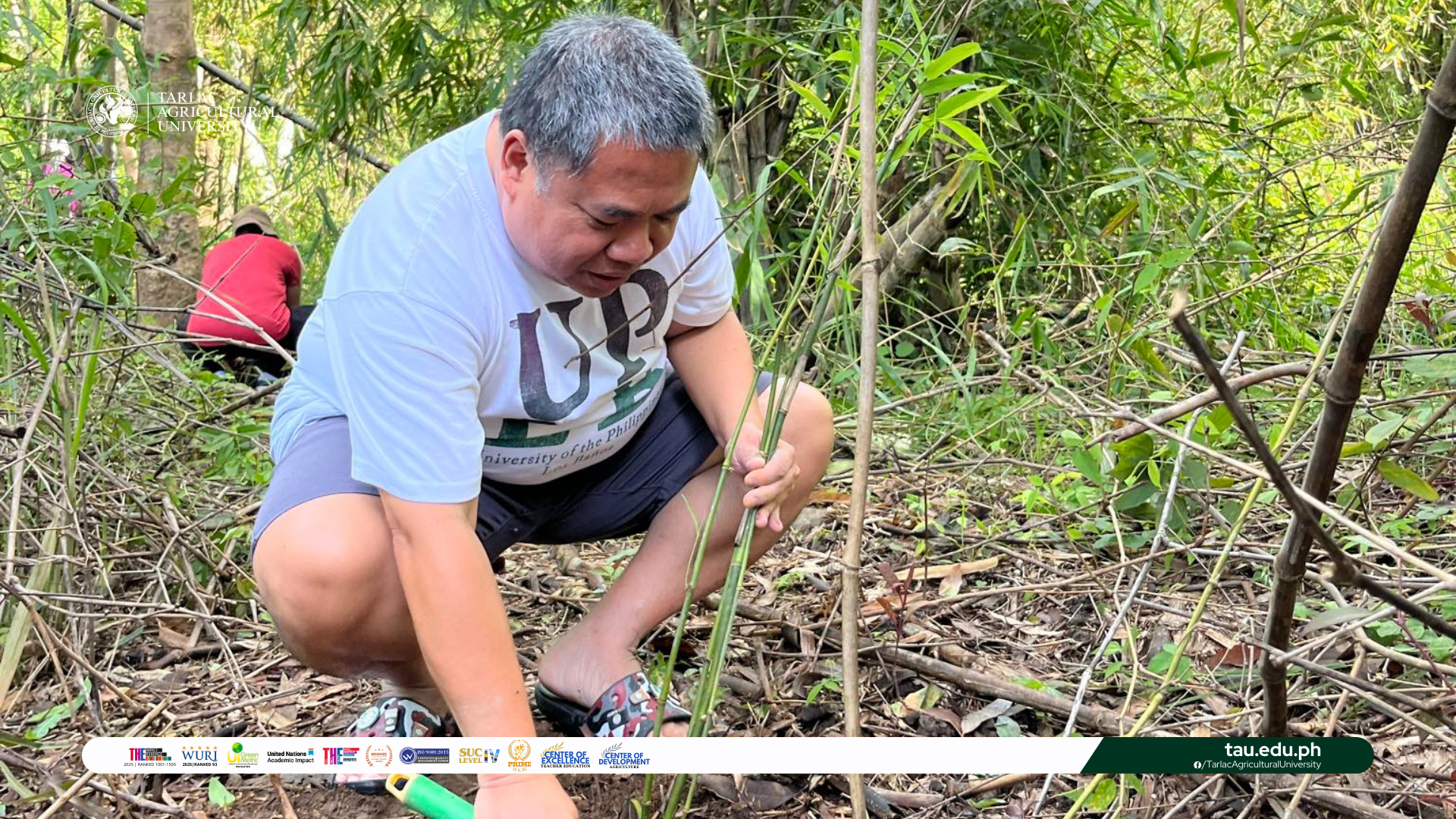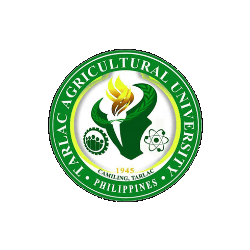
𝐂𝐇𝐑𝐎𝐍𝐈𝐂𝐋𝐄𝐒 | 𝐓𝐀𝐔 𝐡𝐨𝐥𝐝𝐬 𝐛𝐚𝐦𝐛𝐨𝐨 𝐩𝐥𝐚𝐧𝐭𝐢𝐧𝐠, 𝐡𝐢𝐠𝐡𝐥𝐢𝐠𝐡𝐭𝐬 𝐔𝐧𝐢𝐯𝐞𝐫𝐬𝐢𝐭𝐲’𝐬 𝐜𝐨𝐦𝐦𝐢𝐭𝐦𝐞𝐧𝐭 𝐭𝐨 𝐜𝐥𝐢𝐦𝐚𝐭𝐞 𝐚𝐜𝐭𝐢𝐨𝐧
Promoting environmental stewardship, the Tarlac Agricultural University (TAU) conducted its annual Bamboo Planting in its 655-hectare Forest Reserve located in Sitio Titi-Calao in San Jose, Mayantoc, Tarlac, on 9, 12, 17, and 19 September 2025.
The sustainability-centered activity brought together employees from its six different colleges, offices, and units on their scheduled dates and planted bamboo propagules in the area. TAU conducts this annual activity during rainy months to ensure a good amount of harvest during the dry seasons, which will then be transported to the Engineered-Bamboo facility of the university for processing into furniture which are mainly used in TAU offices, handicrafts, and other flagship materials that add to the University’s Income Generating Products (IGP).
Said activity also advocated the importance of bamboo as a resilient and eco-friendly resource for its significant contribution to climate action by preventing soil erosion and acting as a reservoir by collecting and storing large amounts of water in its rhizomes and stems during the rainy season and returning water to the soil, rivers, and streams during droughts. Bamboo is also known for its ability to produce 35 percent more oxygen than any other tree, and absorbs enormous amounts of greenhouse gases, which greatly helps in climate change.
Moreover, bamboo planting aligns with the university’s green initiatives and Sustainable Development Goals as well as its commitment to champion its E-Bamboo production.
#SmartTAU #GreenandGlobal #Bamboo #SDG4#SDG8 #SDG13 #SDG14 #SDG17
Article | Information Unit
Photos | Tarlac Agricultural University Colleges, Offices, and Units
